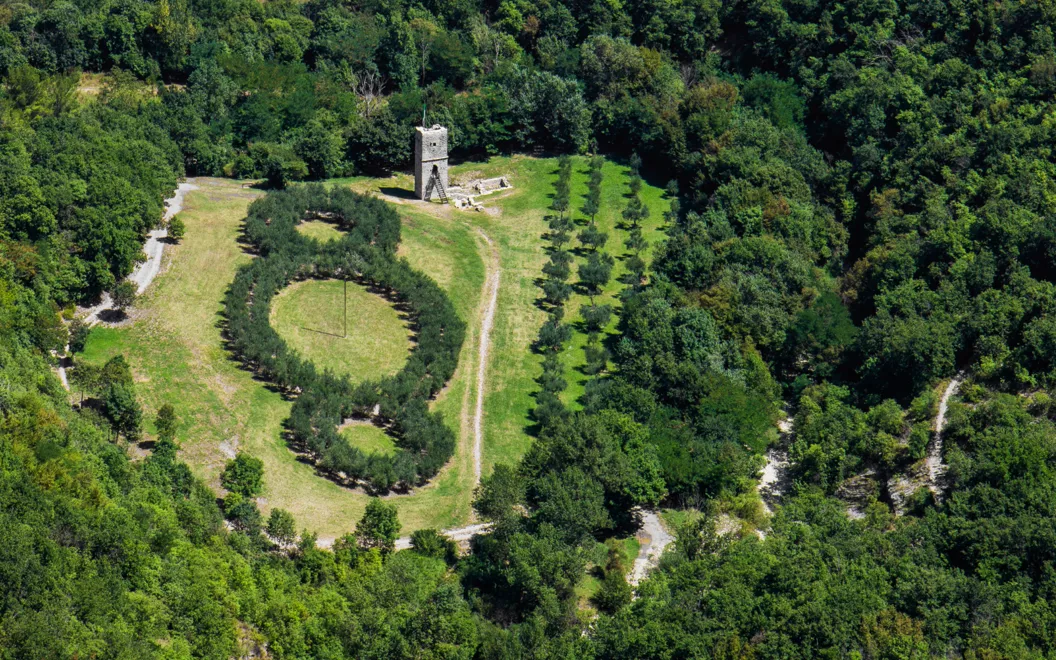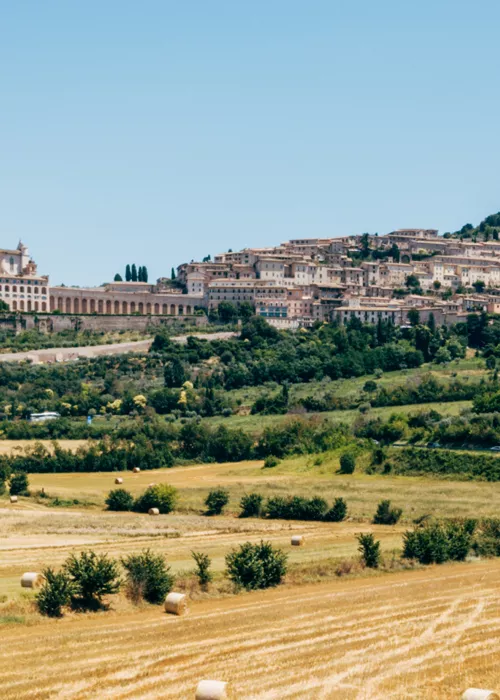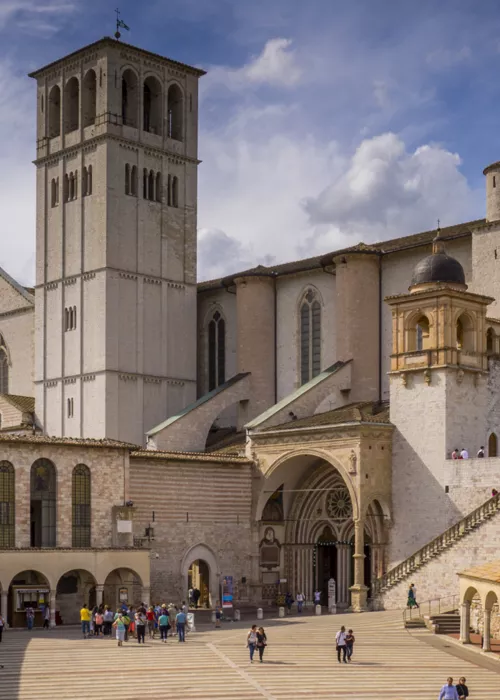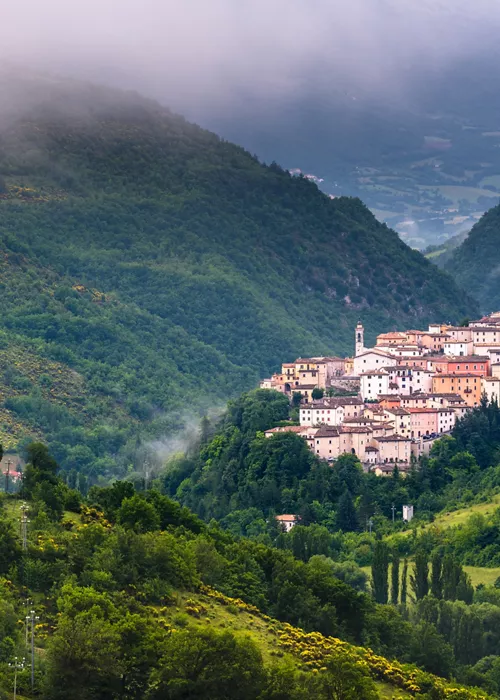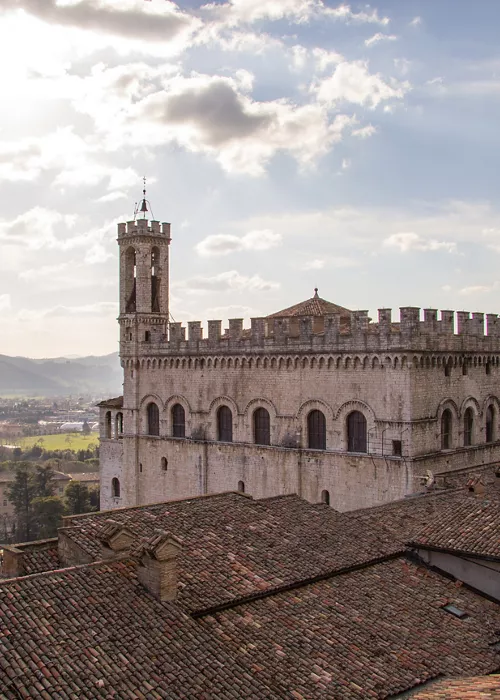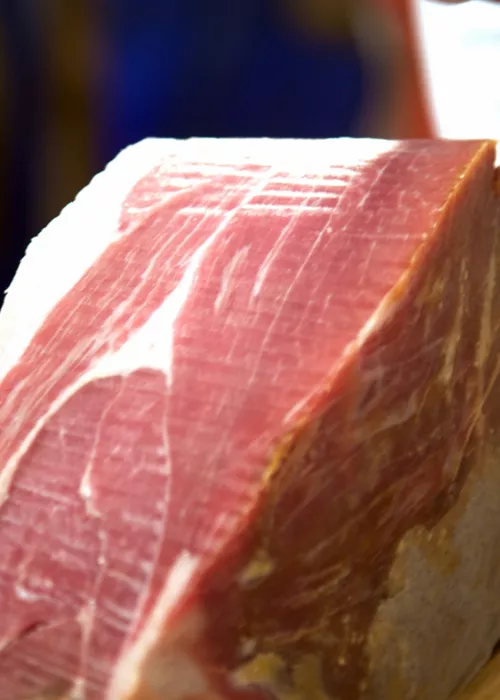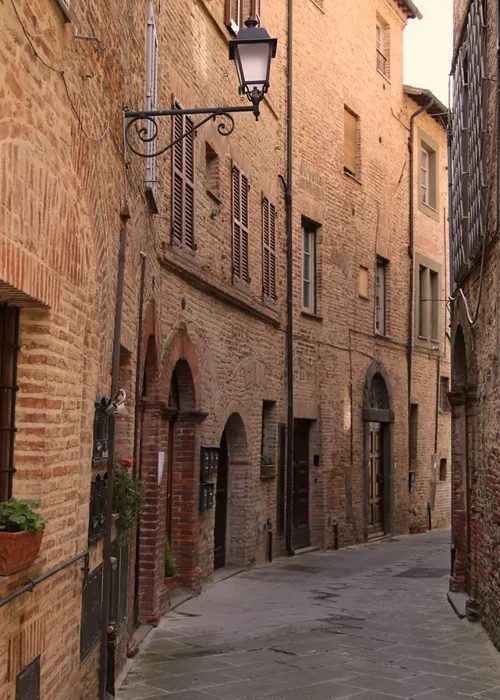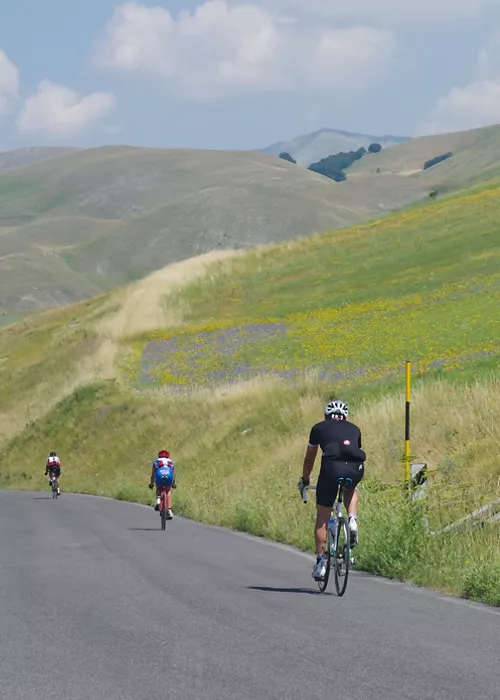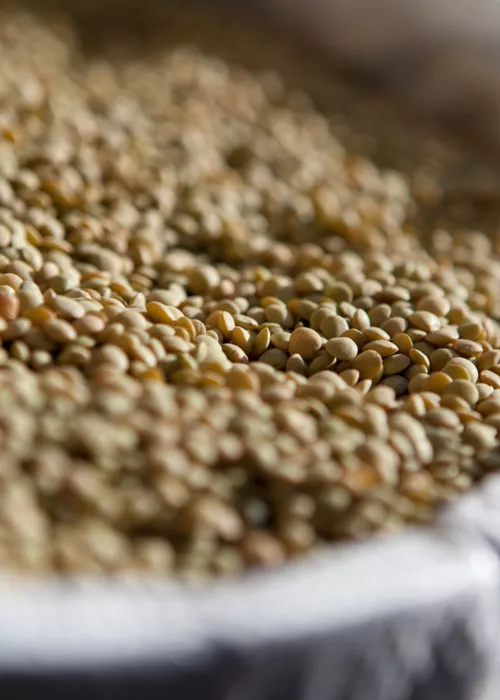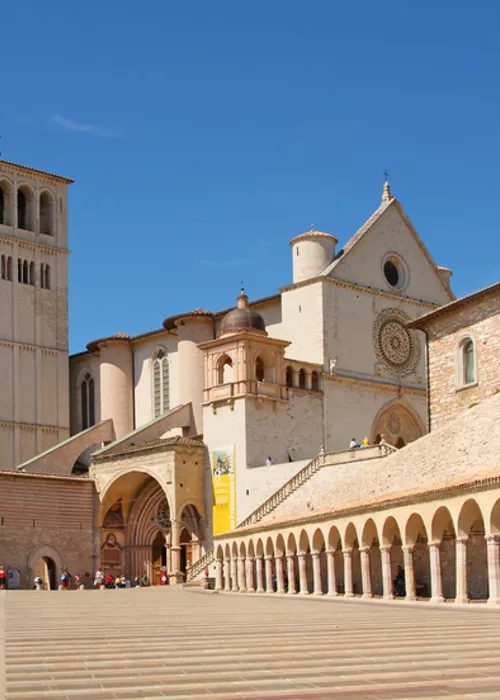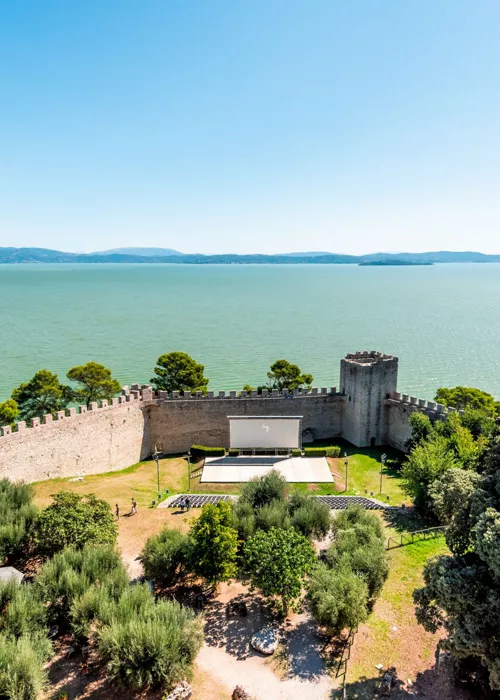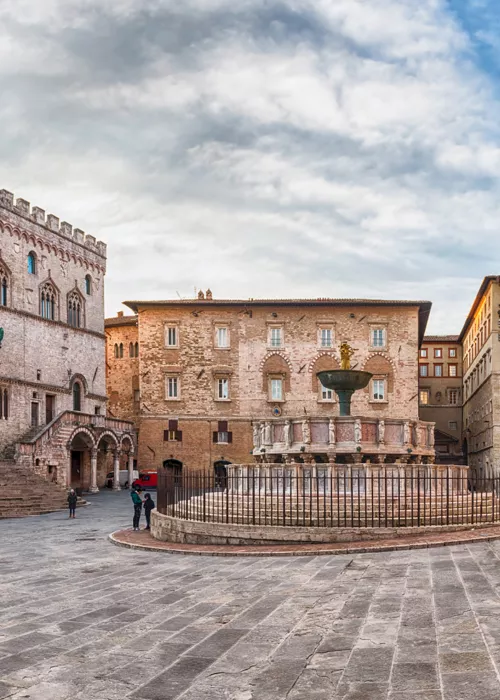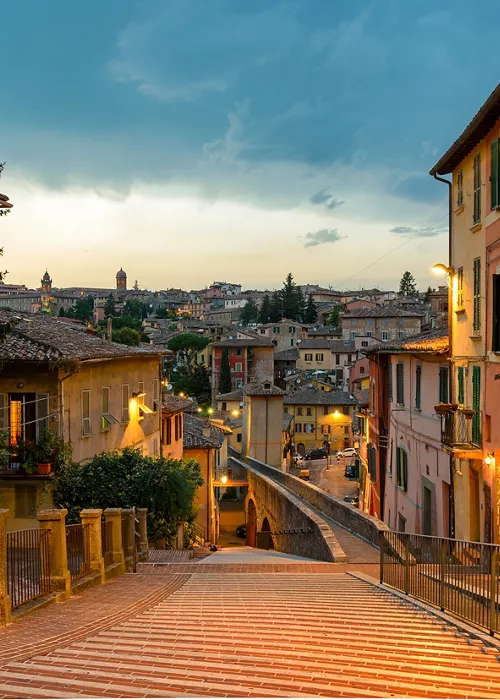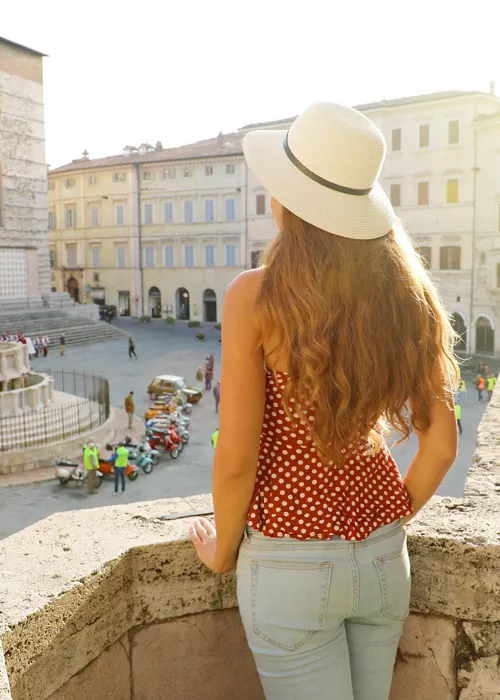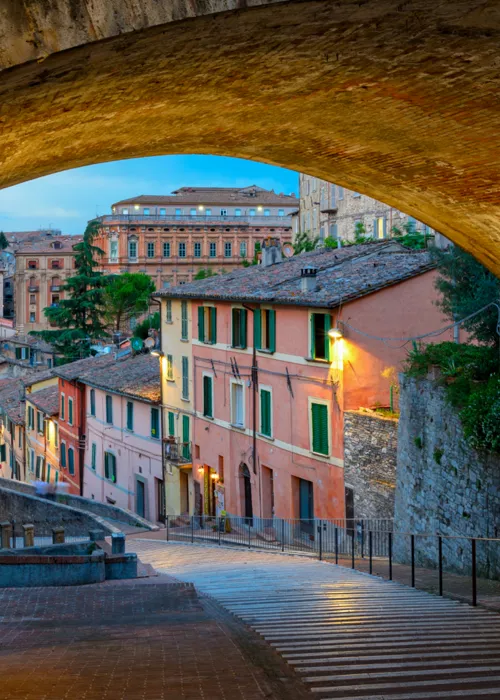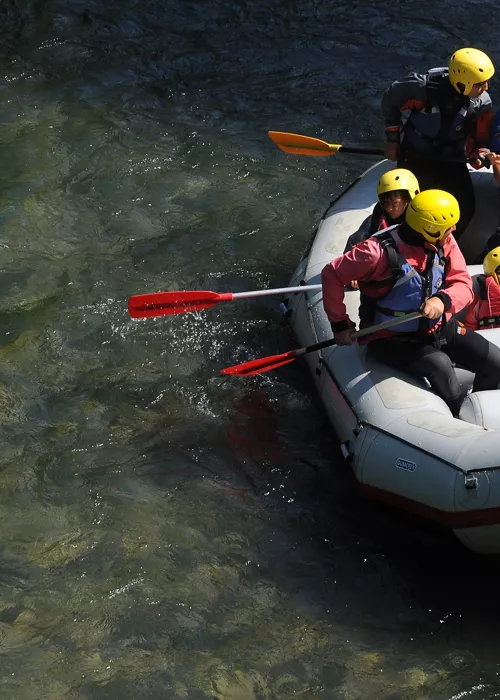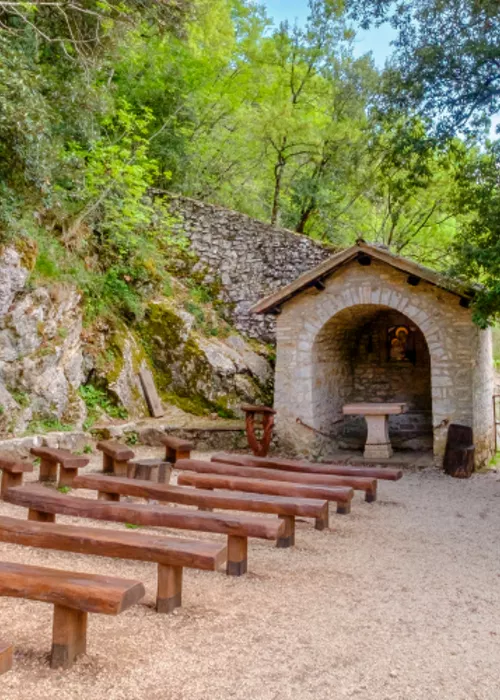The Third Paradise in Assisi, the unexpected work of art in the Bosco di San Francesco
3 minutes
In the Bosco di San Francesco (St Francis' Wood), in this strip of Umbria near the town inextricably linked to Saint Francis, stands the Third Paradise, an unexpected work of art by contemporary painter and sculptor Michelangelo Pistoletto. It is a land art creation that adds poetry to a cross-section of mystical nature.
Assisi's Third Paradise, the land art work by Michelangelo Pistoletto
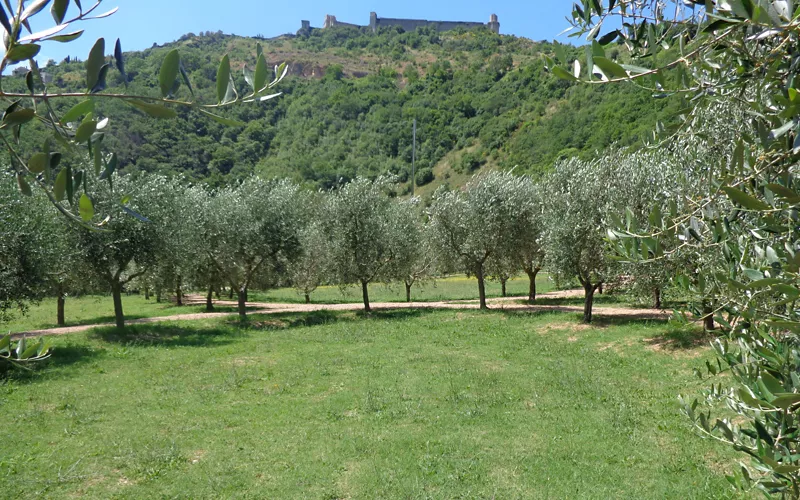
Italian painter and sculptor Michelangelo Pistoletto has drawn three circles with 121 double-row olive trees to create his nature installation entitled Terzo Paradiso (Third Paradise). The three circles touch each other in a kind of free interpretation of the mathematical sign of infinity. In the largest one, a 12-metre pole stands out in the centre.
The artist himself provides an explanation of his work, revealing its meaning. If the first Paradise is the archaic one of complete fusion in nature, the second is its exact opposite, the artificial paradise created today by the advanced use of technology and human intelligence. The third is intended as an omen for the future: the perfect balance between nature and artifice, on a new basis. The pole symbolises the union of heaven and earth.
To fully comprehend the meaning of the Third Paradise, you must walk among the rows of olive trees, following the circular course set by the artist. As you proceed at a slow pace, your physical perceptions will gradually become an intimate experience of recollection. It is a spiritual journey, whether you have come to Assisi on a religious pilgrimage or are simply a sensitive traveller and nature lover.
Sacred monuments and a protected environment
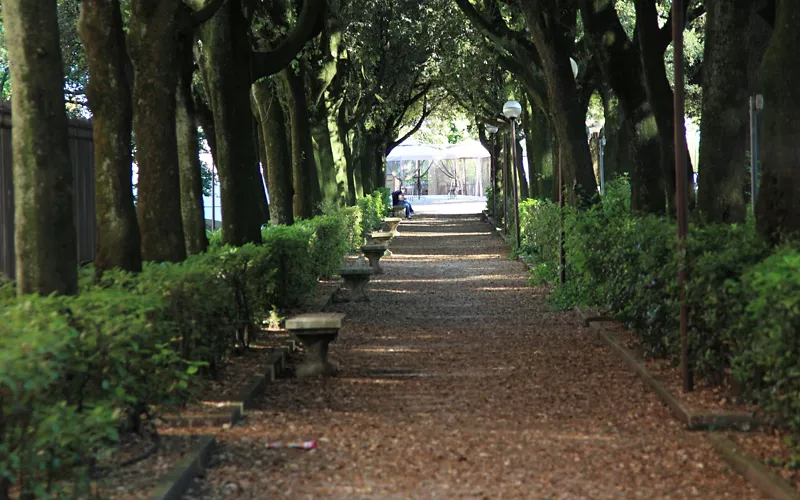
The Bosco di San Francesco has been completely replanted, taking into account the species that once thrived there. Today it is managed by the FAI - Fondo Ambiente Italiano and is a naturalistic oasis where silence is the dominant feature.
It is the saint's places that accompany you to this unspoilt piece of the Umbrian landscape. In fact, we start from the grandiose Upper Basilica of St Francis of Assisi, which houses a cycle of frescoes attributed to Giotto. From a gate in the surrounding wall, you take the path towards the valley floor and enter 64 hectares of woodland, interspersed with cultivated fields and clearings.
As you walk among hornbeams, broom and maples, enveloped in a profound quietness complicit in contemplation, you encounter other religious buildings: an ancient Benedictine monastery that is now the FAI information point and the Romanesque Church of Santa Croce. Observe also what remains of an old hospital, a shelter for the sick and pilgrims, then a mill converted into a trattoria, where you can take refreshment, and a 14th-century tower. Climb the tower for a bird's-eye view of Pistoletto's Third Paradise before you reach it.
Along the mystical paths
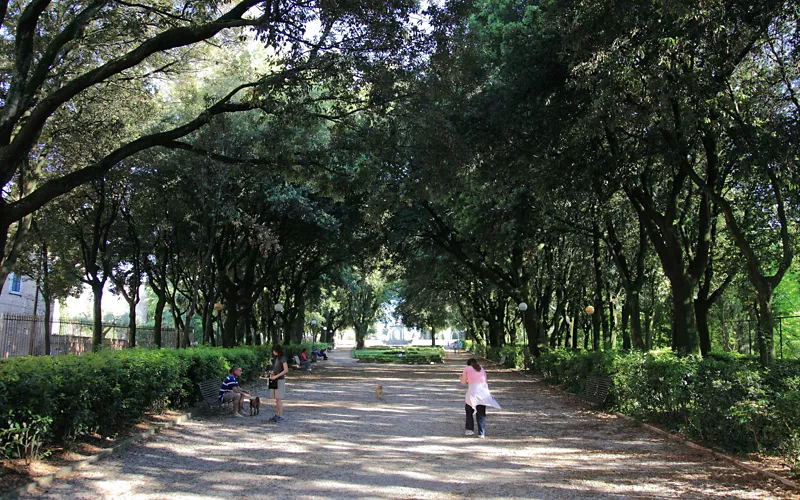
While the first route to the Bosco di San Francesco branches off from the Upper Basilica, the alternative is to follow the course of the Tescio stream from the former monastery of Santa Croce.
Whichever way you choose, as you walk along the 5 kilometres of paths, you will find yourself immersed in a poetic nature abounding in biodiversity: one of Umbria's precious environmental jewels. Be respectful of this ecosystem that is vibrant with history and religiosity. This is the territory where Saint Francis, founder of the Franciscan order and patron saint of Italy, lived and preached.
Exploring the Bosco di San Francesco is one of the must-see experiences in Assisi.
The paths are straightforward and suitable for everyone, including children. All you need is to plan for a classic hike: a backpack, a good supply of water and suitable footwear. And always be aware that this is an authentic journey of the soul.

